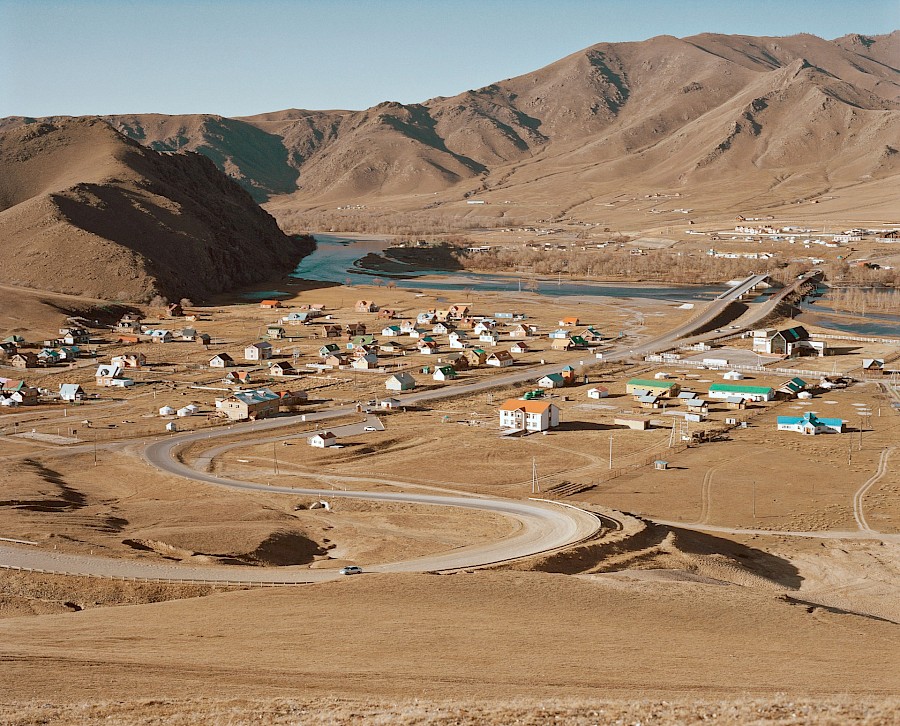Reflecting on ideas of progression and nostalgia, Contemporary Pilgrims explores the mountainous landscapes and nomadic settlements across Mongolia
photography & words Catherine Hyland
-47.8864° N, 106.9057° E -
If Mongolia is a country of nomads, then its capital Ulaanbaatar reflects that wandering nature perfectly. It started life in the 17th Century as a nomadic city of yurts; a Buddhist monastic centre that moved location in 1778 after changing location 28 times, with each location being chosen ceremonially. The ceremonial element is central to my working practice and depiction of the city as it is today.
Though over 46% of Mongolia’s population live in Ulaanbaatar, its nomadic heritage is still apparent. The city has become settled by former nomads, leading to overpopulation and pollution in the city due to a lack of housing and infrastructure.
Despite the draw of the city, hundreds of thousands of Mongolians continue to preserve their nomadic culture. But as the lure of urbanisation and the pressure to settle creeps into even the most remote corner of the country, the question is for how much longer will this remain the case.
As featured in POSTSCRIPT Issue 2.






